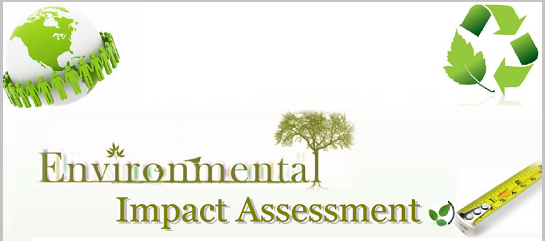Environmental Impact Assessment and Mitigation

Environmental Impact Assessment (EIA) is the procedure of measuring the constructive and negative effects on the environment of the planned project/phase before coming up with a choice to move forward.
Define for Mitigation
The implementation of actions structured to moderate the unpleasant effects of a projected act on the environment is measured as environmental mitigation. However, the Environmental assessments may be subjected to judicial review and need to be followed by the rules set by the government regulation regarding the involvement of public participation and documentation of proposed decisions. Global firms who are organizing mining, energy, oils and natural gas will follow and implement EIA’s.
These firms are not only responsible for preparing assessment studies but they also need to make sure that their studies have to be approved by their respected country regulation offices before they execute any of these proposed projects.

The awareness of assessing environmental impact has started in the year 1960. After Unites States senate passes the National Environmental Act in 1969, the awareness and implementation of EIA’s has a notable spread rapidly around the world.
Methods: There are some assessments available for general and industry.
LCA - The known impact assessment is (LCA) for product environmental lifecycle analysis. This analysis is usually used to define, detect and measure the impact of products produced by the industries on the environment. These Environmental impact assessments ponder actions associated with the abstraction of raw materials for production and usages purpose, ancillary materials.
GMP-RAM & INOVA are methods available on plant organisms; this is a method where you genetically modify the organism.
Fuzzy Logic- This is an arithmetic methodology which is used through the application of software tools. At the end of every project organized by the contractor or firms, the EIA is analyzed by comparing the actual result and predicted impacts. The main concern of this audit process to make sure that future EIA should be more binding and effective.
Considerations’ of EiA Rest of the world
After enactment of National environment Policy act in the US, Australia is one of the countries who step forward and introduced the EIA at the state level, New South Wales state pollution control commission issued EIA guidelines in1974. After that they pass that act at the federal (Common Wealth) level in 1974. After this, the rest of the worlds including the European Union mandate the policy and procedure of EIA.
Content & Procedure of EIA
The federal agencies are responsible for the preparation of EIA document. This document provides analysis & evidence for preparing EIS or FONSI (Finding of no significant impact). Taking measures to prepare EIA when FONSI cannot be validated. The concerned agencies should approve these documents before they pass them to public.
The EIA document will be passed to public via public circulations and through newspapers to the areas affected by the proposal. A period of 15 days will be given for public commentary, in special cases 30 days review time. And the procedure will be followed in case of the object to improper process.
Environment Impact Statement
Most of the major projects have been obstructed due to failures of agencies in preparing acceptable EIS. Improper EIS can be challenged can be challenged in federal courts.The most notable effected projects are highway development in Hudson River in NY City. Sierra Club suing the Nevada Department of Transportation was another prominent case.
In the last three decade, there has been significant awareness across the world about the EIA. But still, governments and contractor need to make more efforts to make it better.





